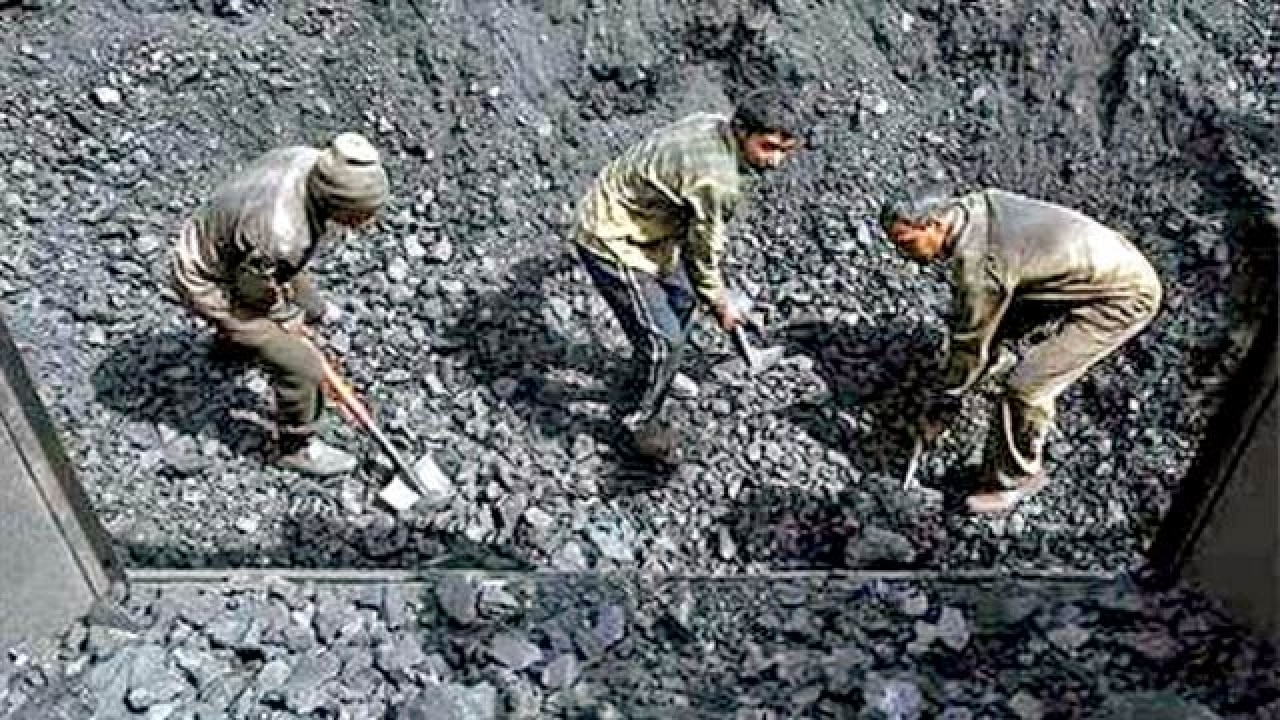
There is no economic case for building new coal-based power plants in India, let alone environmental reasons for not doing so. The existing fleet is facing economic hardships and willing lenders for new projects are hard to come by. According to Greenpeace experts in India, “Coal is facing a perfect storm: economics have changed, finance is drying up, and public opposition has never been stronger.” Plant load factors (PLFs or capacity) for the nearly 190 gigawatt (GW) of coal already commissioned in the country are hovering around the 60 per cent average, as opposed to the Central Electricity Authority's (CEA) normative 85 per cent goal. The reason for the low PLFs is lack of effective demand — cash-strapped distribution companies or discoms are curtailing purchase rather than trying to service their entire distribution areas.
Over the last five-year plan (2012-2017), before the Planning Commission was disbanded, India built more coal power plants than the plan called for. As a result, there is overcapacity in the sector. That is why the CEA's new Draft National Electricity Plan now says no new coal power plants (other than those under construction) are needed for the next decade at least. The low PLFs are sub-optimal for the financial viability of many projects, and lenders and investors are already facing delayed payments. If banks are forced to restructure their loans, (a big if, for political reasons), we could see sell-offs or debt for equity trades. We are already seeing consolidation in the coal sector as companies (eg Jindal Steel and Power Ltd) try and offload their least productive assets.
So the sector is currently in trouble for hard financial reasons. But there are several factors on the horizon that will make any recovery hard.
Costs are rising: Coal India's cost of production is growing, as is the cost of coal transport. With air pollution finally becoming a political issue, the Ministry of Environment & Forests has notified new emission norms that must be complied with by the end of this year. While that deadline will clearly not be met, complying is inevitable and this means significant expense. Companies will have to absorb this at least partially, while the rest will be passed on in the form of higher tariffs.
Competitiveness: Solar and wind are now at parity with (or cheaper than) new coal: With the recent Rewa bids of Rs 3.30/kWh for solar and Rs 3.46/kWh for wind, grid parity is effectively here. Tariffs from new coal power plants are in the Rs 3-5 range. The variable cost component for coal power is more flexible, with a greater risk of cost increase from the cost of coal, water, additional emission controls, operation and maintenance etc, whereas once the capital cost for solar and wind is incurred, variable costs tend to be negligible.
Finance: Due to a combination of poor financials and eroding social and environmental acceptability, most leading global banks and investors are moving away from new coal investment.
A spirited campaign highlighting coal’s negative environmental and social impacts has also played a role. Global banks such as Goldman Sachs and Deutsche Bank are now reluctant to underwrite any new Coal India share offers. The world’s largest sovereign wealth pension fund, the Norwegian Global Pension Fund, has divested itself of virtually all coal holdings. According to BankTrack, an international NGO monitoring the banking industry, banks that have made commitments to stop or restrict financing for new coal mines, power plants, and coal companies include the World Bank, Deutsche Bank, Goldman Sachs, Standard Chartered, Morgan Stanley, and BNP Paribas.
According to an updated Greenpeace Investor Briefing titled 'Water shortages cost Indian coal power companies over $500 million in revenues last year', “Large parts of the Indian subcontinent faced a severe drought in the summer of 2016… revealing coal’s vulnerability in water stressed areas. With growing variability in rainfall patterns due to climate change, and growing demand for water from a growing population, this vulnerability will increase.” Nearly 11 billion units of coal power, with an estimated potential revenue of $560 million, was lost in the first half of 2016 due to lack of water for cooling. NTPC and Adani Power are among the companies worst hit. NTPC’s Farakka plant in West Bengal has lost the generation of approximately 1.1 billion units, translating into lost revenue of over $58 million (at an estimated tariff of Rs 3.5/kWh or 5c/kWh).
According to Greenpeace India, a 1 GW Indian coal power plant which closes for just 15 days due to water shortage, faces an annual loss in revenue of over $20 million. Analysis of data from NTPC, filings with the Bombay Stock Exchange and India’s CEA for 2016 has shown that shutdowns due to a lack of cooling water supply have cost coal power companies over $560 million in lost revenue in just six months.
The author is chairperson, Forum of Environmental Journalists of India (FEJI)